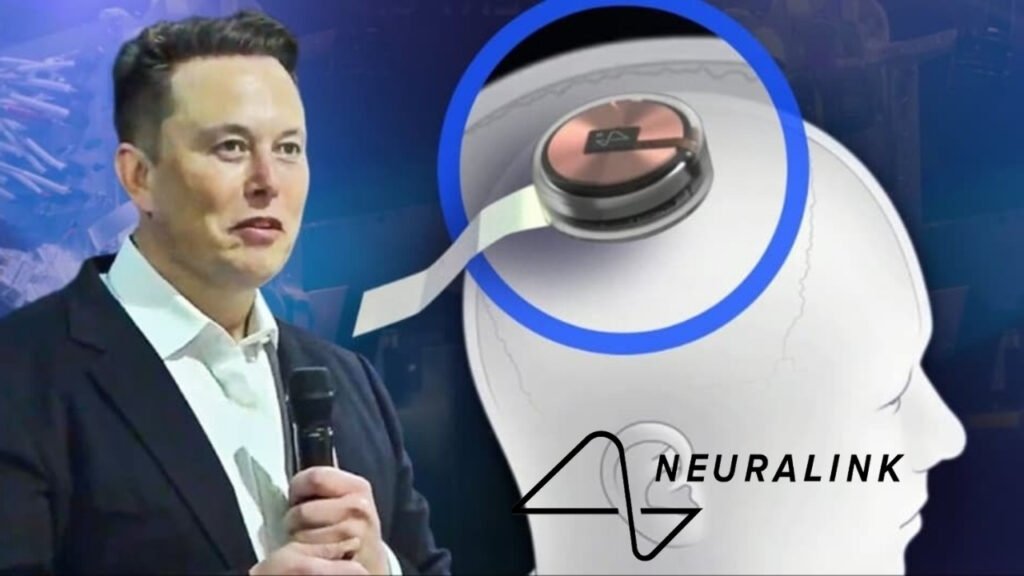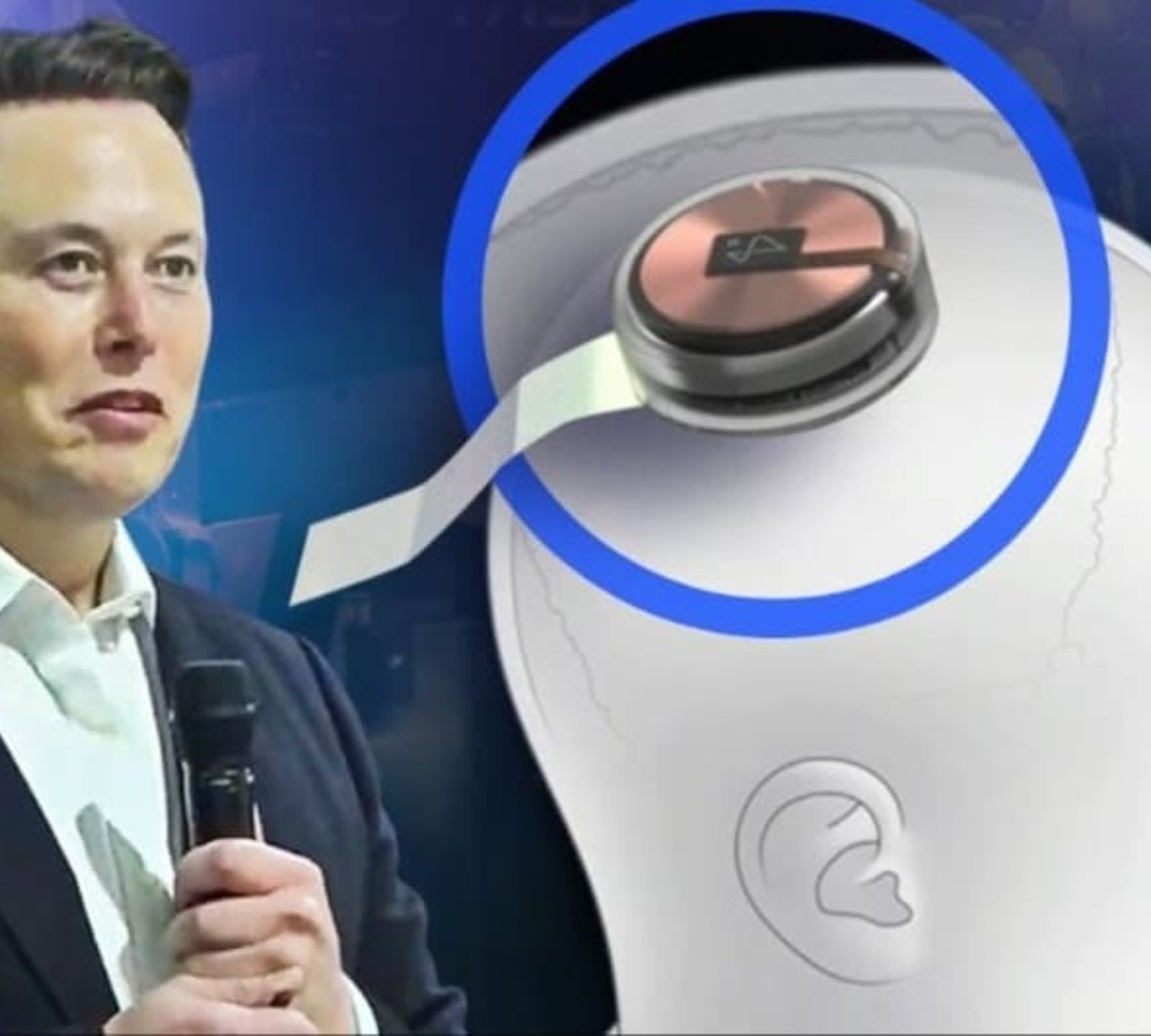
Table of Contents
ToggleNeuralink’s First Brain-Chip:
Neuralink’s First Brain-Chip: In the realm of technological breakthroughs, Elon Musk’s ambitious brain-computer interface startup, has recently catapulted into the spotlight. This pioneering venture aims to meld human consciousness with computer capabilities, offering new hope and possibilities for individuals with mobility impairments. The recent livestream featuring the first patient playing online chess using only his thoughts to control the cursor marks a significant milestone in this journey.
The Groundbreaking Livestream Event:
The world watched in awe as Neuralink’s First Brain-Chip livestreamed an extraordinary event: a person playing chess online without physically interacting with the computer. This groundbreaking demonstration utilized Neuralink’s cutting-edge brain chip to translate thoughts into actions, enabling the user to move the cursor and engage in the game entirely through mental commands.
Meet Noland Arbaugh: The Pioneer Patient
The star of this revolutionary showcase is Noland Arbaugh, a 29-year-old individual whose life took a dramatic turn following a diving accident resulting in paralysis below the shoulders. Noland’s encounter with Neuralink’s technology has not only rekindled his passion for activities like chess but has fundamentally altered his interaction with the digital world.
The Neuralink Device: A New Hope for Paralysis
Neuralink’s First Brain-Chip implant represents a beacon of hope for many, promising a future where physical limitations are no longer a barrier to digital engagement. This small, sophisticated device, implanted near the brain’s surface, captures neural activity, allowing individuals to control digital interfaces through thought alone.
A Glimpse into the Future: Controlling Computers with the Mind
Beyond online gaming, the implications of Neuralink’s technology are vast, ranging from enhancing communication for those with severe mobility restrictions to potentially restoring physical movement. This vision of thought-controlled interfaces opens a new chapter in human-machine interaction, promising to significantly enhance the quality of life for many.
Challenges and Achievements: Noland’s Experience
While Noland’s journey with Neuralink has been transformative, it has not been without its hurdles. Adapting to this new form of interaction presents a learning curve, and the technology, still in its infancy, is not without flaws. Yet, the profound impact on Noland’s independence and engagement with his passions underscores the device’s transformative potential.
Scientific and Ethical Considerations:
The emergence of brain-computer interfaces like Neuralink’s raises both excitement and ethical questions. Experts in neural engineering, while acknowledging the device’s groundbreaking nature, caution against overstating its current capabilities and emphasize the ongoing need for refinement and understanding of its long-term implications.
Community and Expert Reactions:
The response to Neuralink’s demonstration has been a mixture of admiration and skepticism. While many laud the technological leap and its potential to improve lives, others call for a tempered approach, highlighting the importance of rigorous testing, ethical considerations, and transparent development processes.
The Role of Elon Musk in Neuralink’s Development
Elon Musk’s involvement in Neuralink is not just financial; his visionary outlook and relentless pursuit of innovation have propelled the project forward. Neuralink stands among Musk’s portfolio of ventures aiming to redefine our future, emphasizing the convergence of technology with human experience.
Neuralink and Regulatory Pathways
The path to bringing Neuralink’s technology to the public involves navigating complex regulatory landscapes. Recent inspections by the FDA have spotlighted the importance of adherence to stringent quality controls and ethical standards, underscoring the challenges of pioneering medical technology innovation.
Looking Ahead: What’s Next for Neuralink?
As Neuralink continues to develop its technology, the horizon is filled with potential advancements in brain-computer interfaces. The journey ahead is fraught with challenges, but the promise of transforming the lives of individuals with mobility impairments offers a compelling glimpse into a future where the boundaries between mind and machine blur.
Conclusion
Neuralink’s demonstration of a brain-chip patient playing online chess heralds a new era in human-computer interaction. As we stand on the cusp of this technological frontier, the promise of enhancing human capabilities through thought-controlled interfaces offers a hopeful vision for the future. While challenges remain, the potential to improve the quality of life for individuals with mobility impairments illuminates the path forward, driven by innovation, determination, and a commitment to bettering the human condition.
related articles:



[…] Neuralink’s First Brain-Chip Patient Plays Online Chess 2024 […]